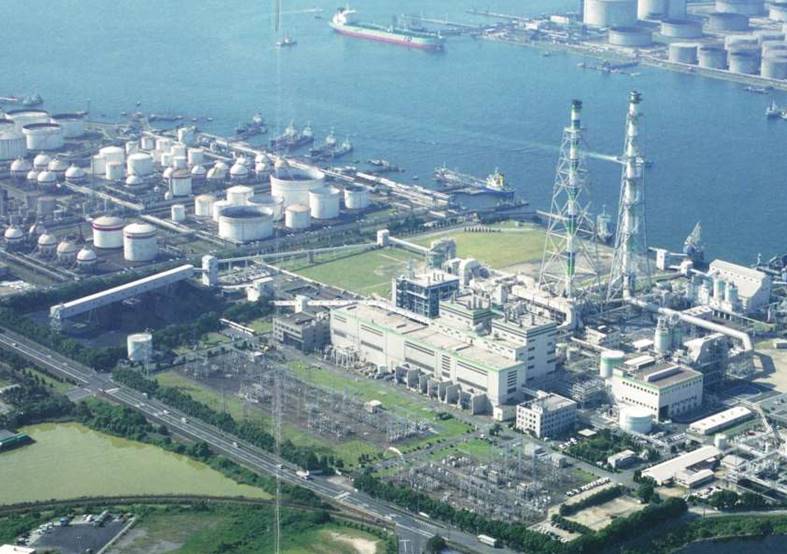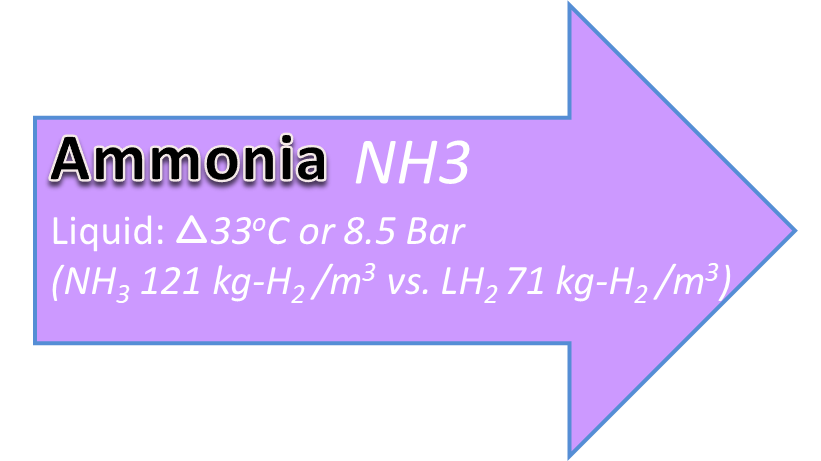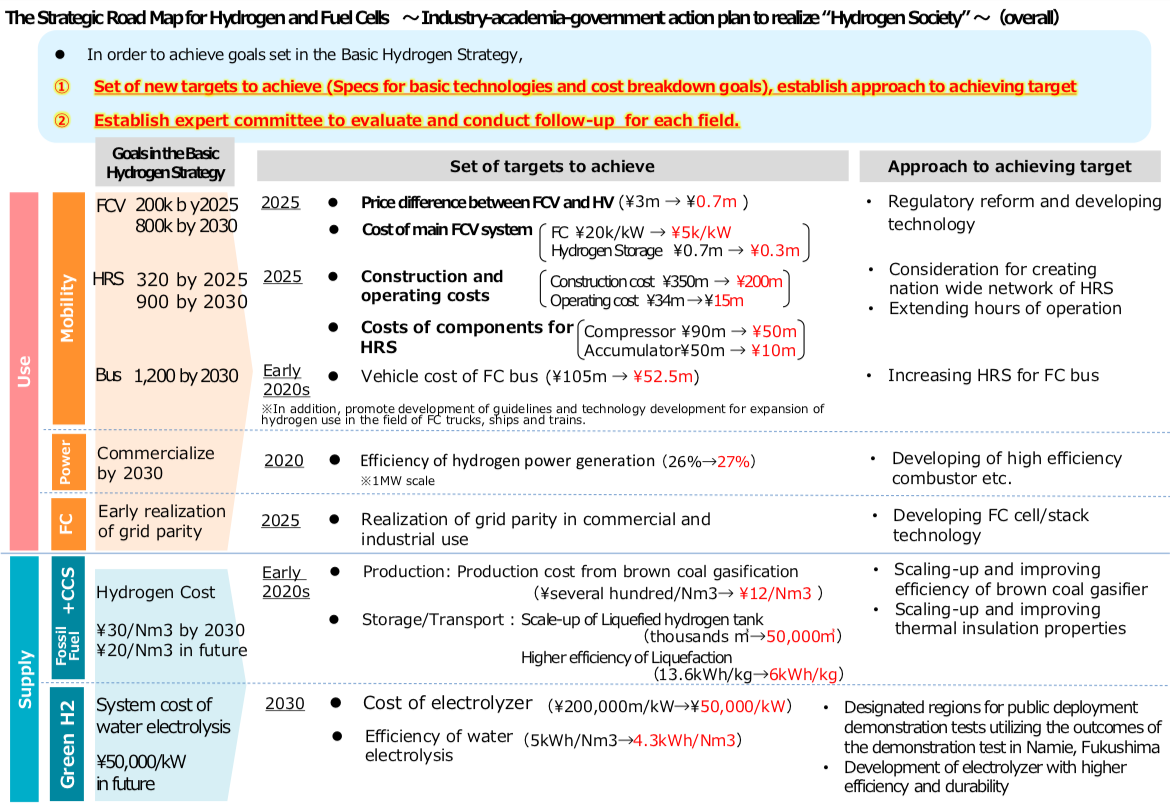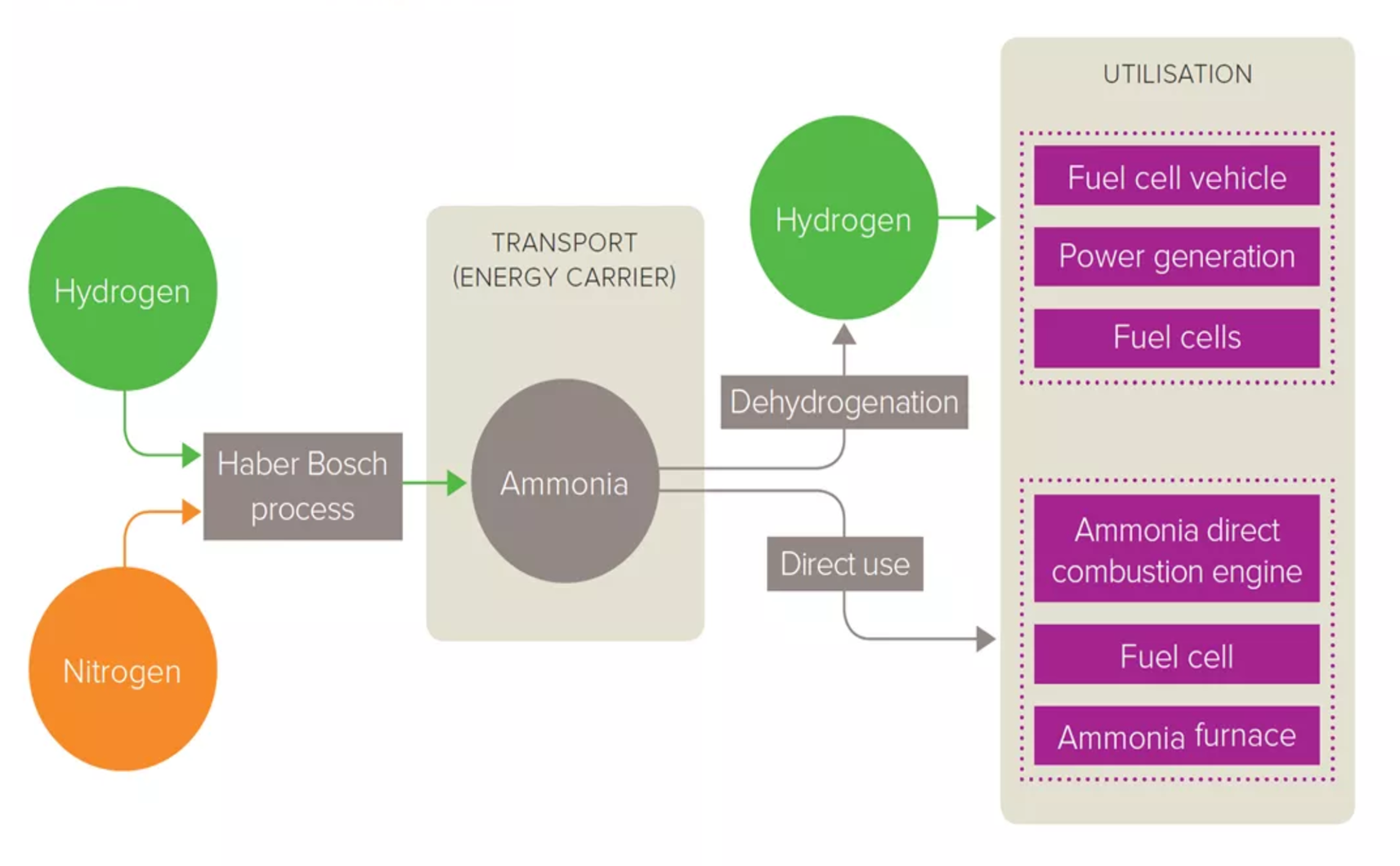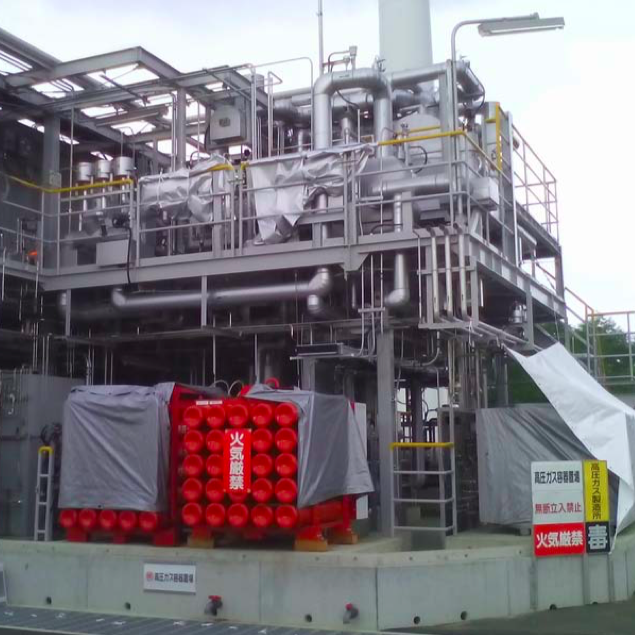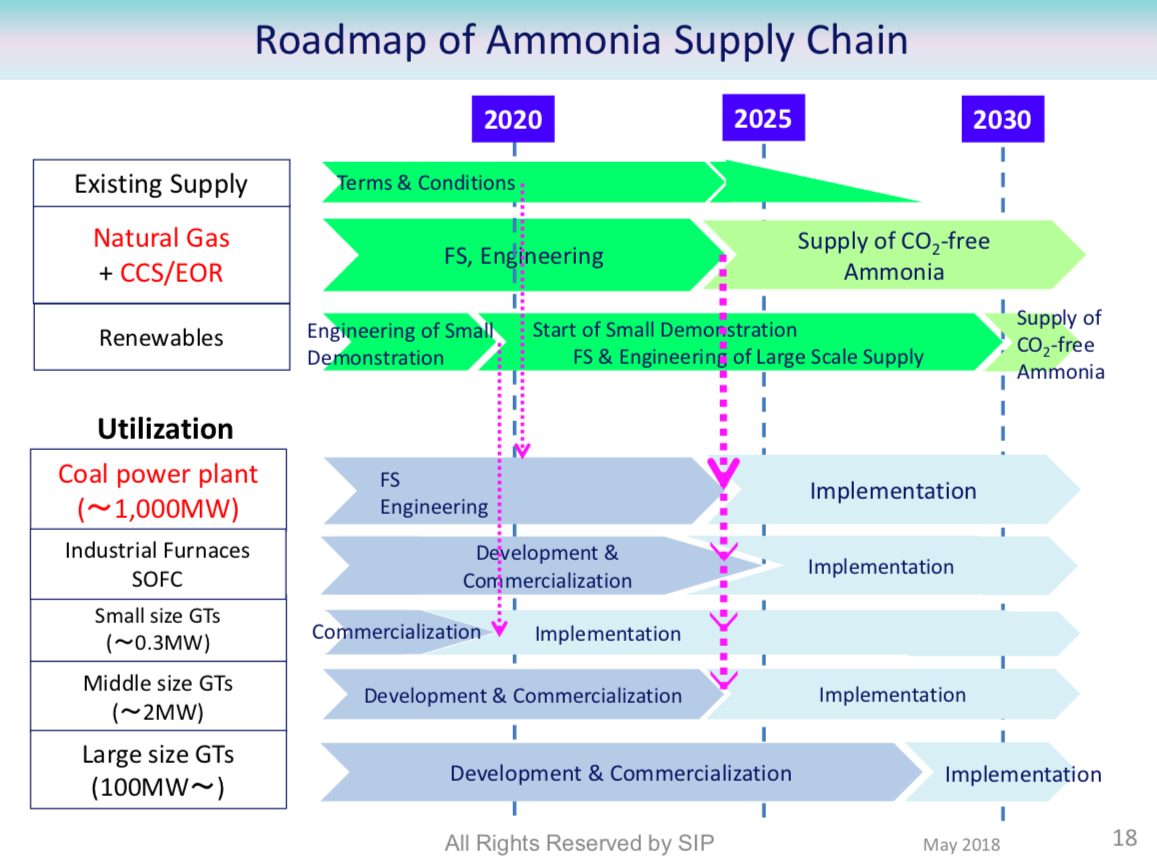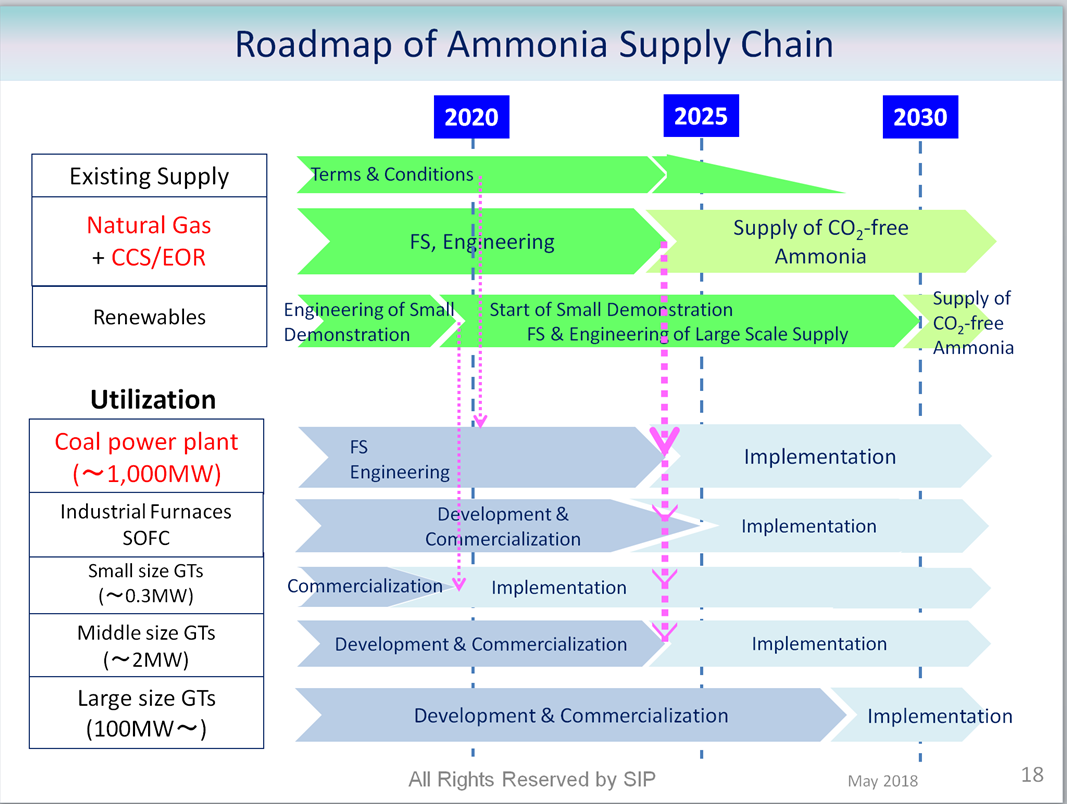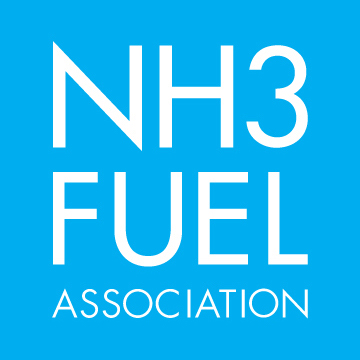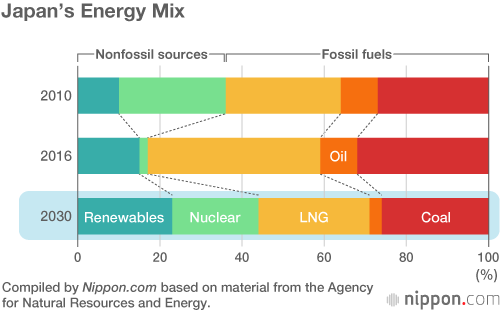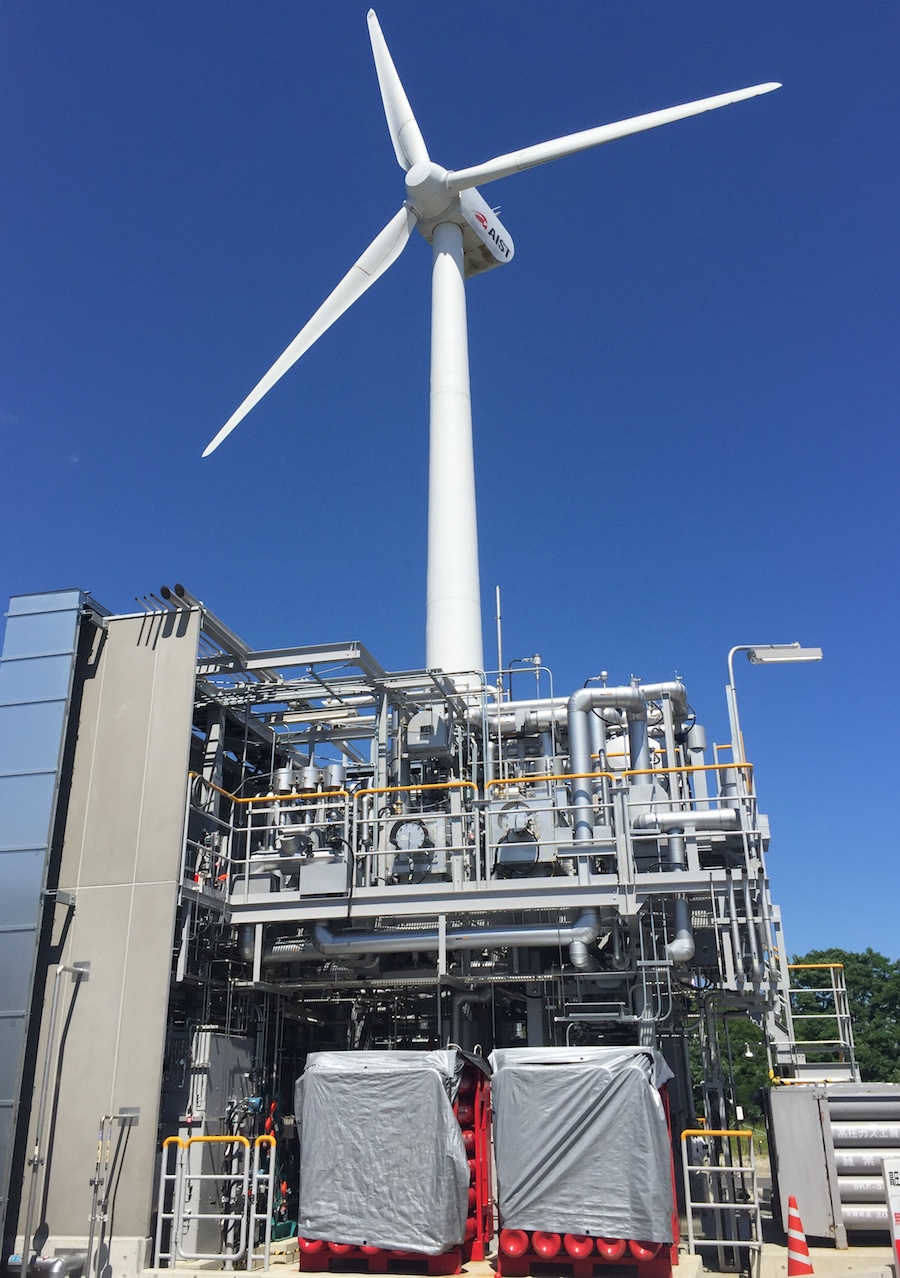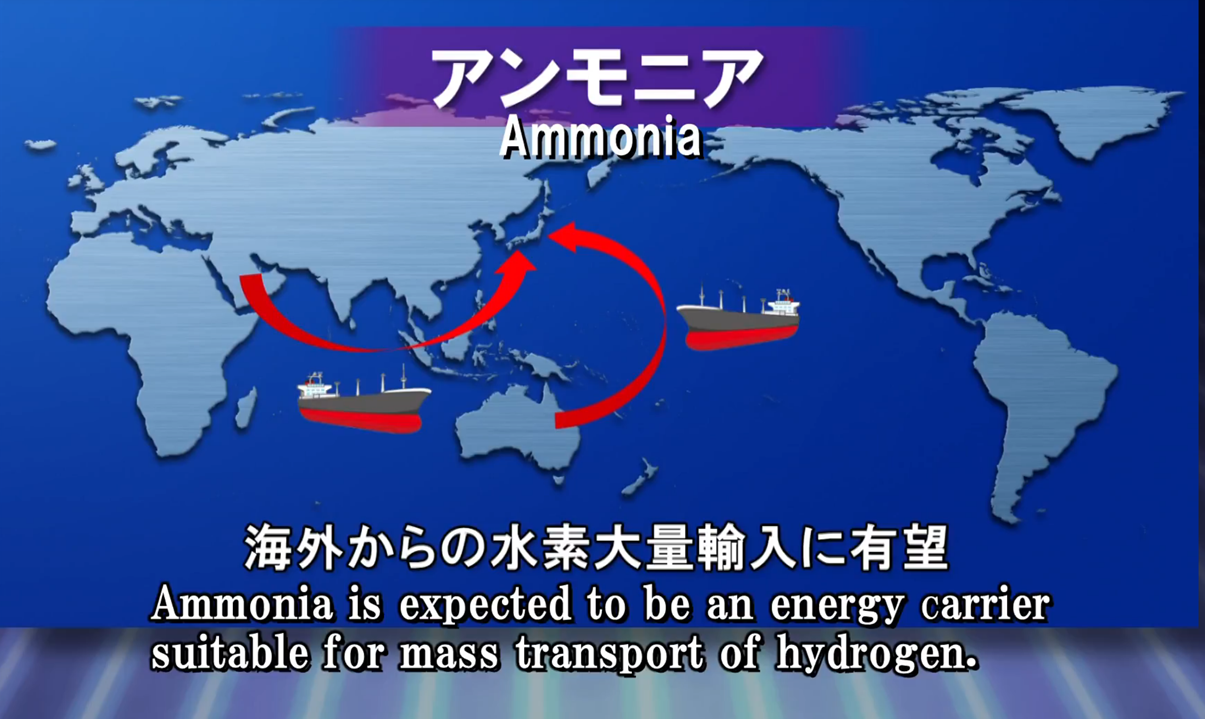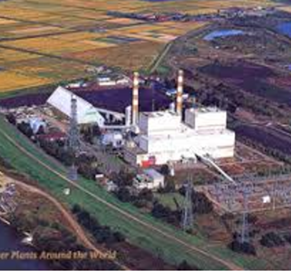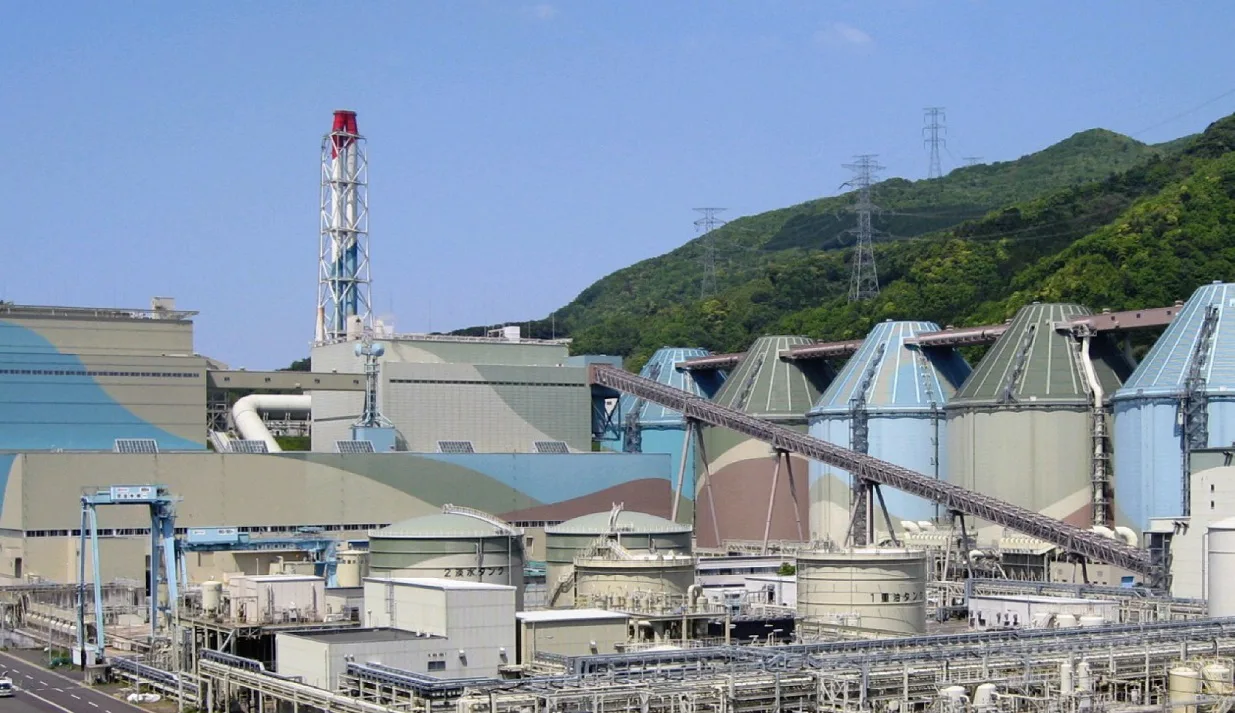Last week we presented the first episode in our monthly webinar series: Ammonia Energy Live. Every month we’ll explore the wonderful world of ammonia energy and the role it will play in global decarbonisation - with an Australian twist. To kick things off we wanted to set the scene for 2021 and give you a sense of where the ammonia transition is at - key projects, key milestones and things to be excited about going forward. And, since this is an Australian-focused series, we wanted to explore what’s important about Australia to the ongoing work of the AEA.
Content Related to Japan SIP Energy Carriers
Article
The Cost of CO2-free Ammonia
Bunro Shiozawa November 12, 2020
If ammonia is to be introduced into the energy system as a CO2-free fuel, its cost must be at least competitive with that of other CO2-free fuels such as CO2-free hydrogen. In the discussion below I consider the cost aspect of CO2-free ammonia. To state my conclusion at the beginning, the cost of CO2-free ammonia can be less than 30 yen/Nm3-H2, which is the 2030 cost target for hydrogen energy set by the Japanese government in its "Basic Hydrogen Strategy” for introducing hydrogen energy into Japan.
Article
A Deep Dive into SIP “Energy Carriers” Ammonia Combustion Research (second half)
Bunro Shiozawa October 13, 2020
From 2014 to 2018 Bunro Shiozawa served as Deputy Program Director of the SIP “Energy Carriers” initiative in Japan. Over the last year he has published a ten-part series of articles that describe and reflect on the research supported by the initiative. Part 4 covers ammonia combustion technologies. The first half of the article was posted on September 23, 2020, in Shiozawa's English translation. The second half follows.
Article
A Deep Dive into SIP "Energy Carriers" Ammonia Combustion Research
Bunro Shiozawa September 23, 2020
From 2014 to 2018 Bunro Shiozawa served as Deputy Program Director of the SIP “Energy Carriers” initiative in Japan. Over the last year he has published a ten-part series of articles that describe and reflect on the research supported by the initiative. Part 4 covers ammonia combustion technologies. The first half of the article follows, in Shiozawa's English translation. The second half will be posted in the near future.
Article
Series Presents Japanese Perspective on Ammonia as a CO2-Free Fuel
Bunro Shiozawa September 08, 2020
From 2014 to 2018, I served as Deputy Program Director of SIP “Energy Carriers” under Mr. Shigeru Muraki, Program Director, and alongside my fellow Deputy Program Director, Dr. Ken-ichi Aika. After helping to bring the Energy Carriers' work to a successful conclusion, I decided to write a series of articles that describe prospects for ammonia as a CO2-free fuel and hydrogen carrier, as well as activities to construct a value chain of CO2-free ammonia. The articles were published in the on-line journal of Japan’s International Environment and Economy Institute (IEEI).
Article
Government Investments in Hydrogen: How Does Your Country Compare?
Stephen H. Crolius October 11, 2019
On September 3, the British renewable-energy news portal reNEWS.BIZ ran a story with an intriguing headline: “Scotland launches £3bn green project portfolio.” At first glance, that number (which equates to USD $3.7 billion) looks out of scale with Scotland’s relatively tiny population of 5.5 million. Close reading reveals that the £3 billion is not the amount that will be invested by the Scottish government, but rather the value of the “investment portfolio” of green businesses the program is intended to galvanize over the next three years. But still one wonders, how does £3 billion stack up against other national programs aimed at supporting the sustainability transition?
Article
The Evolving Context of Ammonia-Coal Co-Firing
Stephen H. Crolius July 18, 2019
Co-firing ammonia in a coal-fueled boiler, a concept under active development in Japan, received positive notice in the International Energy Agency’s recently published report, The Future of Hydrogen. So far serious scrutiny of the co-firing concept is limited to Japan. In the fullness of time, the demand side of the concept may take root in other countries. The supply side, however, could have near-term global relevance.
Article
Advances Reported for MCH and LH2
Stephen H. Crolius May 23, 2019
Two recent announcements show that the race is still very much on among the energy carriers that until recently were a focus of the Japanese Cabinet Office’s Cross-Ministerial Strategic Innovation Promotion Program (SIP). During its five-year career, the SIP Energy Carriers initiative promoted the development of liquid hydrogen (LH2), liquid organic hydrides (LOH), and ammonia as technologies that could animate a hydrogen supply chain spanning continents and oceans. The announcements regarding LH2 and methyl cyclohexane (MCH -- the main Energy Carriers focus in the LOH area) show that the conclusion of the Energy Carriers work at the end March does not mean the conclusion of work on these two rivals to ammonia energy.
Article
New Video Summarizes SIP Energy Carriers Accomplishments
Stephen H. Crolius April 18, 2019
ANNOUNCEMENT: The Japanese Government’s Cabinet Office and the Japan Science and Technology Agency have released an English-language video that summarizes the accomplishments of the Cross-Ministerial Strategic Innovation Promotion Program’s Energy Carriers initiative. The release coincides with the end-of-March conclusion of Energy Carriers’ work, and anticipates this month’s formal activation of the Green Ammonia Consortium.
Article
METI Releases Major Revision to Hydrogen Roadmap
Stephen H. Crolius April 10, 2019
Japan’s Ministry of Economy, Trade and Industry (METI) announced on March 12 that it had released a “major revision” to the country’s Hydrogen and Fuel Cell Strategy Roadmap. The Roadmap was first formulated in 2014 to “secure the goals set forth in the Basic Hydrogen Strategy and the 5th Basic Energy Plan for the realization of a hydrogen society.” The Roadmap’s last revision in 2016 predates new editions of the foundation documents that were released in December 2017 and July 2018, respectively.
Article
Ammonia's Role in the Hydrogen Society
Stephen H. Crolius February 14, 2019
Last month I had the opportunity to reflect on “Ammonia’s Role in the Hydrogen Society.” This was the title of a speech I gave at the Ammonia Energy International Workshop in Tokyo. The Workshop was held on January 25 by the Energy Carriers initiative of the Japanese Government’s Strategic Innovation Promotion Program (SIP) as it moves toward its terminal date of March 31, and as the Green Ammonia Consortium, which grew out of the Energy Carriers program, prepares for its official launch in the same time frame. The key takeaways from my speech are that ammonia is widely seen as a contributor to the viability of hydrogen energy, but the extent of its potential role is not appreciated.
Article
JGC Corporation demonstrates "world's first" carbon-free ammonia energy cycle
Trevor Brown January 04, 2019
In late 2018, JGC Corporation issued a press release to celebrate a "world's first" in ammonia energy, demonstrating at its pilot plant in Koriyama both "synthesis of ammonia with hydrogen produced through the electrolysis of water by renewable energy, and generation of electricity through gas turbines fueled by synthesized ammonia." By demonstrating the feasibility of using ammonia on both sides of the renewable energy equation -- first, producing green ammonia from intermittent renewable electricity and, second, combusting this carbon-free fuel for power generation -- the project demonstrates the role of ammonia in the "establishment of an energy chain ... that does not emit CO2 (CO2-free) from production to power generation."
Article
Development of Technologies to Utilize Green Ammonia in the Energy Market - Update on Japan's SIP Energy Carriers
Trevor Brown November 30, 2018
At the recent NH3 Energy Implementation Conference in Pittsburgh, USA, the keynote speech was given by Shigeru Muraki, Program Director of Japanese government's SIP Energy Carriers project. Muraki is also Chairman of the Green Ammonia Consortium, which will assume responsibility for coordinating the development and deployment of ammonia energy technologies in Japan when the SIP concludes in April 2019. Given both these roles, Muraki was well placed to address not only the recent years of intense research and development in Japan, but also the near-term roadmap for commercial deployment of ammonia energy technologies.
Article
NH3 Energy Implementation Conference: A Brief Report
Stephen H. Crolius November 14, 2018
The 2018 NH3 Energy Implementation Conference, the first of its kind, took place on November 1 in Pittsburgh, Pennsylvania in the U.S. The focus of the Conference was on steps – current and future – that will lead to implementation of ammonia energy in the global economy. At the highest level, the Conference results validated the relevance and timeliness of the theme. In the words of closing speaker Grigorii Soloveichik, Director of the U.S. Department of Energy’s ARPA-E REFUEL Program, the Conference strengthened his confidence that “ammonia is a great energy carrier ... with billions of dollars of potential in prospective markets.”
Article
Shigeru Muraki to give Keynote Address at the NH3 Energy Implementation Conference
Stephen H. Crolius August 24, 2018
The NH3 Fuel Association has announced that Shigeru Muraki, Director of Japan's SIP Energy Carriers Program and Chairman of the Green Ammonia Consortium, will give the keynote address at the NH3 Energy Implementation Conference, which will take place on November 1, in Pittsburgh, PA. Other details of the Implementation Conference were released at the same time.
Article
On the Ground in Japan: 5th Basic Energy Plan, LH2 Investment
Stephen H. Crolius July 12, 2018
Japan, widely recognized as a global leader in the development and implementation of ammonia energy, is a fascinating case study for advocates seeking a template for progress. But, as Ammonia Energy has documented in numerous posts over the last two years, even in Japan the path is neither linear, smooth, nor preordained. Two recent developments, one in the public sector and one in the private, illustrate anew the complexity of the evolutionary track the country is negotiating as it strives to create a sustainable energy economy.
Article
Green ammonia demonstration plants now operational, in Oxford and Fukushima
Trevor Brown June 29, 2018
Two new pilot projects for producing "green ammonia" from renewable electricity are now up and running and successfully producing ammonia. In April 2018, the Ammonia Manufacturing Pilot Plant for Renewable Energy started up at the Fukushima Renewable Energy Institute - AIST (FREA) in Japan. Earlier this week, Siemens launched operations at its Green Ammonia Demonstrator, at the Rutherford Appleton Laboratory outside Oxford in the UK. The commercial product coming out of these plants is not ammonia, however, it is knowledge. While both the FREA and Siemens plants are of similar scale, with respective ammonia capacities of 20 and 30 kg per day, they have very different objectives. At FREA, the pilot project supports catalyst development with the goal of enabling efficient low-pressure, low-temperature ammonia synthesis. At Siemens, the pilot will provide insights into the business case for ammonia as a market-flexible energy storage vector.
Article
Direct Ammonia Fuel Cells Take Another Step Forward in Japan
Stephen H. Crolius May 31, 2018
Japanese manufacturing concern IHI reported on May 16 that it had “successfully generated 1 kW class power” from a direct ammonia solid oxide fuel cell. This is the latest milestone for a technology that could play a major role in the roll-out of Japan’s Hydrogen Society.
Article
IHI First to Reach 20% Ammonia-Coal Co-Firing Milestone
Stephen H. Crolius April 12, 2018
The Japanese manufacturer IHI Corporation announced on March 28 that it had successfully demonstrated the co-firing of ammonia and coal in a fuel mix composed of 20% ammonia. Ammonia-coal co-firing had previously been demonstrated by Chugoku Electric in a fuel mix composed of just 0.6-0.8% ammonia. IHI says its ultimate goal is to “construct a value chain that connects the production and use of ammonia, using combustion technology of gas turbines and coal-fired boilers, using ammonia as fuel.”
Article
Japan, Saudi Arabia Explore Trade in Hydrogen, Ammonia
Stephen H. Crolius February 15, 2018
Japan and Saudi Arabia are together exploring the possibility of extracting hydrogen from Saudi crude oil so that it can be transported to Japan in the form of ammonia. According to a synopsis of the planned effort, “one option for Japan’s material contribution to reducing greenhouse gas emissions [would be] a supply chain for carbon-free hydrogen and ammonia produced through CCS from Saudi Arabian fossil fuels.” The synopsis emerged from a September 2017 workshop sponsored by Saudi Aramco and the Institute of Energy Economics, Japan (IEEJ).
Article
Ammonia Positioned for Key Role in Japan's New Hydrogen Strategy
Stephen H. Crolius January 11, 2018
The Japanese government has approved an updated hydrogen strategy which appears to give ammonia the inside track in the race against liquid hydrogen (LH2) and liquid organic hydride (LOH) energy carrier systems. The announcement was made on December 26, 2017, by the Agency of Natural Resources and Energy (ANRE), the lead agency on energy policy within the Ministry of Energy, Trade, and Industry (METI). Perhaps the most important indicator of ammonia’s positioning as the lead energy carrier can be seen in the development timelines that are assigned to each energy carrier. The Strategy calls for “CO2-free ammonia” to come into use “by the mid-2020s.”
Article
SIP "Energy Carriers" video: ammonia turbines, industrial furnaces, fuel cells
Trevor Brown October 13, 2017
To demonstrate the progress of the SIP "Energy Carriers" program, the Japan Science and Technology Agency last week released a video, embedded below, that shows three of its ammonia fuel research and development projects in operation. R&D is often an abstract idea: this video shows what it looks like to generate power from ammonia. As it turns out, fuel cells aren't hugely photogenic. Nonetheless, if a picture is worth a thousand words, this will be a long article.
Article
Green Ammonia Consortium: Bright Prospects in Japan for Ammonia as an Energy Carrier
Stephen H. Crolius October 05, 2017
In the last 12 months ... In July 2017, 19 companies and three research institutions came together to form the Green Ammonia Consortium. Before this development, it was unclear whether ammonia would find a significant role in Japan’s hydrogen economy. In the wake of this announcement, however, ammonia seems to have claimed the leading position in the race among potential energy carriers.
Article
Chugoku Electric Completes Successful Trial, Seeks Patent for Ammonia Co-Firing Technology
Ammonia Energy News September 28, 2017
Chugoku Electric Power Company announced today that they have filed a patent application for a clean-power technology that involves co-firing ammonia with coal. The novel approach is attracting widespread interest.
Article
Japanese Cabinet Office Holds Energy Carriers Symposium
Stephen H. Crolius August 24, 2017
Ammonia energy received favorable notice at the Energy Carriers "Open Symposium" held on July 26 by the Cabinet Office of the Japan Government. Hydrogen energy carriers are a key focus of Japan's Cross-Ministerial Strategic Innovation Promotion Program. The event took place at Hitotsubashi University in Tokyo. An observer estimated that approximately 400 attendees were present.
Article
On the Ground in Japan: LH2 and MCH Hydrogen Fueling Stations
Stephen H. Crolius April 13, 2017
While Japan’s Cross-Ministerial Strategic Innovation Promotion Program (SIP) continues to evaluate liquid hydrogen (LH2), methylcyclohexane (MCH), and ammonia as hydrogen energy carriers, Japanese press reports show that the backers of liquid hydrogen and MCH are building an early lead over ammonia with hydrogen fueling stations based on their favored commodities.
Article
Industrial demonstrations of ammonia fuel in Japan
Trevor Brown March 06, 2017
Most of the ammonia energy projects I write about are in the research and development phase but, as I've said before, technology transfer from the academic lab to commercial deployment is moving swiftly - especially in Japan. Last week, Nikkei Asian Review published two articles outlining plans by major engineering and power firms to build utility-scale demonstrations using ammonia as a fuel for electricity generation. Both projects aim to reduce the carbon intensity of the Japanese electrical grid, incrementally but significantly, by displacing a portion of the fossil fuels with ammonia. The first project will generate power using an ammonia-coal mix, while the second will combine ammonia with natural gas.
Article
Low-carbon ammonia synthesis: Japan's 'Energy Carriers'
Trevor Brown November 11, 2016
In 2018, a pilot plant in Japan will demonstrate a new way to produce ammonia at industrial-scale, with a low carbon footprint. This is part of Japan's 'Energy Carriers' R&D initiative, which aims to develop technologies to enable the nation's transition to a carbon-free hydrogen economy. The scope of the program covers ten subjects that encompass the full "CO2-free hydrogen value chain." Three of these ten programs describe a technology pathway for making low-carbon ammonia.


